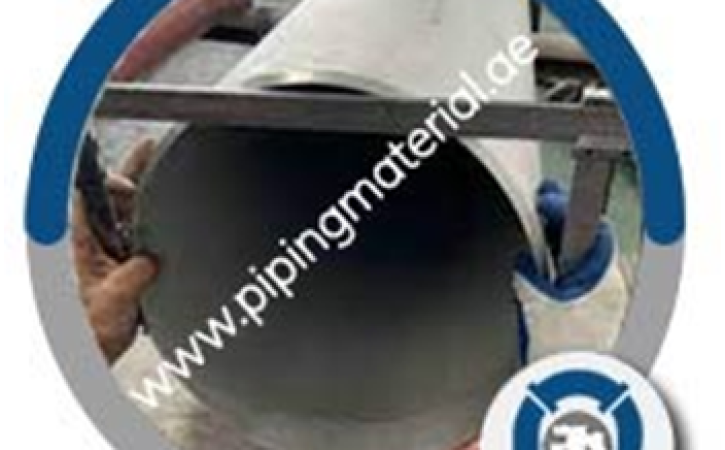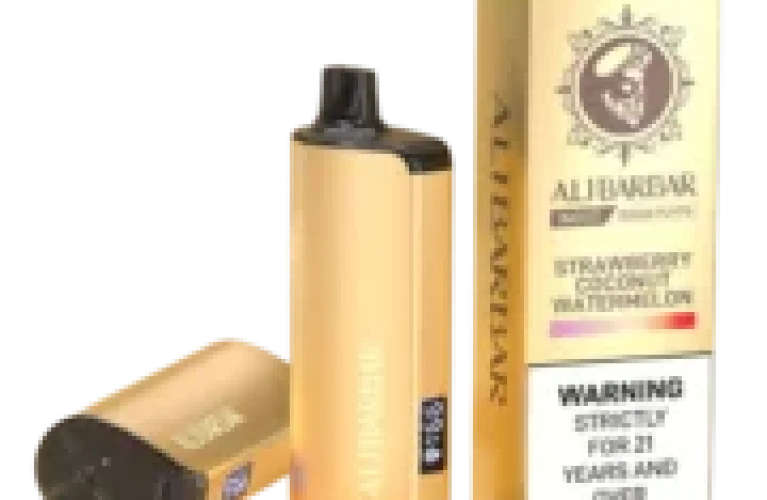
ASTM A928 UNS S31803
What is the difference between ASTM A928 UNS S31803 and UNS S32750? (134)
The main difference between ASTM A928 UNS S31803 and UNS S32750 is their composition. The UNS S31803 material is an austenitic duplex stainless steel composed of approximately equal parts of ferrite and austenite. It has a high resistance to general corrosion and good pitting corrosion resistance. On the other hand, the UNS S32750 is a super duplex stainless steel that has a higher content of chromium, molybdenum, and nitrogen as compared to its counterpart, resulting in superior strength and corrosion resistance.
Additionally, the S32750 has better fatigue strength, improved weldability, and superior mechanical properties when compared to S31803. Its high yield strength also makes it more resistant to stress corrosion cracking than its predecessor. Therefore, if higher levels of strength or resistance are required, then UNS S32750 should be considered instead of UNS S31803.
ASTM A928 UNS S31803
What Material is ASTM A790 UNS S31803? (118)
It is a stainless steel material. It is an austenitic stainless steel alloy that consists primarily of chromium, nickel, and molybdenum. This particular grade is the most commonly used duplex stainless steel and offers a high level of strength and corrosion resistance. Additionally, ASTM A790 UNS S31803 is weldable and can be machined to meet a variety of different needs. As it contains molybdenum, this material has better pitting corrosion resistance when compared to other similar alloys.
Additionally, this alloy does not experience intergranular corrosion as it contains nitrogen which further improves its strength and increases its toughness. Overall, this alloy provides an excellent balance between strength, ductility, and resistance to chloride stress-corrosion cracking when properly heat treated.
How do you weld ASTM A928 UNS S32750? (138)
First, the materials should be carefully preheated to 260°C to reduce the risk of cracking and distortion. Once heated, an appropriate welding process should be chosen, such as Shielded Metal Arc Welding (SMAW), Gas Tungsten Arc Welding (GTAW), Plasma Arc Welding (PAW) or Flux-Cored Arc Welding (FCAW). After the choice of welding process is made, use electrodes that have been specially designed for duplex stainless steel alloys. For each pass, it’s important to maintain proper temperature ranges to avoid hardening or cold cracking.
This should involve a preheat range between 120–230°C, an interpass range between 150–400°C and a post-weld heat treatment at 620–760°C. Proper back gouging and other weld joint preparations will also be required before welding begins. When welded correctly with good quality materials and precision equipment, ASTM A928 UNS S32750 can create excellent corrosion resistance results.
What is heat treatment of ASTM A928 UNS S31803? (135)
Heat treatment is a process of heating and cooling metal alloys to achieve desired properties such as hardness, ductility, and strength. This is a ferritic stainless steel and has good weldability properties. The most common heat treatment for this alloy is solution annealing, which consists of heating the alloy to a temperature between 1850°F and 2050°F (1010°C – 1121°C), followed by rapid cooling. This process helps relieve internal stresses and reduces hardness.
The material should be in the annealed condition for optimal corrosion resistance, impact strength, formability, and machinability. To maximize the material’s pitting corrosion resistance, an optional post-weld anneal is often recommended. This process consists of reheating the welded area to 1650°F (900°C) for a specified time before cooling at room temperature. Heat treatment of this alloy can significantly enhance its performance in certain applications.
What is minimum import price of ASTM A928 UNS S32750 in Turkey? (124)
The minimum import price of this steel in Turkey is determined by the Turkish Ministry of Trade and Industry, which is responsible for regulating the cost of imported goods. In most cases, the minimum import price will depend on a variety of factors, including the specific grade, origin, volume, and type of material that is being imported.
Generally speaking, the price can range from $2 per kg to more than $25 per kg. Additionally, due to the competitive nature of this market, it is recommended that importers seek out competitive quotes to get the best deal possible. Furthermore, it is always important to consult with a qualified professional before making any purchases or imports to ensure you comply with all relevant laws and regulations.

.png)









